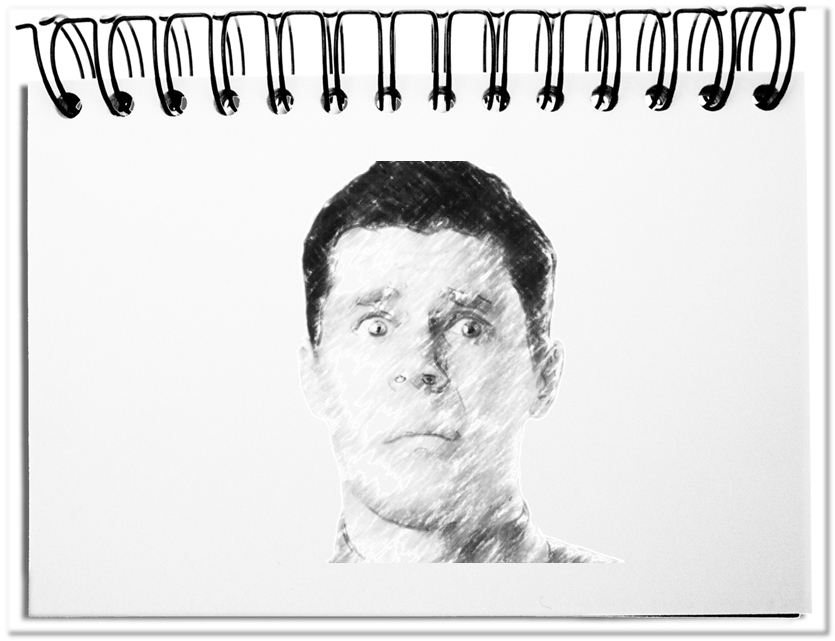Always the other people – right? Fear is a natural reflex that enables us in the case of danger to react appropriately. We learned in our development as humans to be afraid of snakes, abysses or darkness. Situations that are imminent, intimidate us. There are the uncontrollable moments that frighten us. Not to forget the souvenirs, which are deeply entrenched in our memory. And all these aspects are also in a change – the uncertainty about what happens after the change, which we apparently do not have under control and which created so many negative examples in the past. Who’s afraid of change? We all, as soon as we consider a change as a threat and not as an opportunity.
This brings us into the vicious circle of change. If we look at the world with open eyes, then there is no area in the society, economy, technology and the nature that is not continuously changing. In business we have today a general division of tasks between the executives and the employees. Surprisingly, both, the one and the other, develop fear, as soon as new products, new markets, new technologies and new procedures change the usual business.
Executives are scared by an uncertain future that they have to steer with their decisions. It begins, if not enough or too many aspects enable contradictory decisions or prevent the look into the future. Eventually the influences change every second and lead to a dramatic volatility of the solutions. The dealing with these risks is a crucial ability of the leaders. The fear increases, if the uncertainties step into the foreground in the case of decision. It even does not emerge, if the risk is classified positively.
The employees frequently feel their existence threatened – loss of the work and the routine, the lack of new abilities, and the uncertain future. It starts, if the staff recognizes that something is happening, without knowing what. This includes announced changes without showing the effects on the employees. And it reaches to the implementation when the individuals face the new without being sufficiently informed what to do, what is permitted and what they are accountable for. The fear increases, the less clear the changes are. It does not emerge, if the employees are involved in the transformation from the beginning.
The success of a change depends on, whether the participants get involved in the transformation. However, it would be a too high expectation that all are happy with the upcoming without ifs and buts. The commitment to change is the crucial condition, in order to accomplish the transformation. For this reason, all elements that release fear should be avoided. The following measures defuse the pressure of change.
- The early participation of the concerned people leads to more readiness for change.
- The trustful exchange of opinions and facts prevents exaggerated half-truths.
- The determined structure of contents and the procedure creates orientation.
- The continuously shown sympathetic endorsement by the decision makers underlines their conviction of where to go.
It remains one hurdle for the executives, i.e. their conviction that the guidance of the employees is their core competency. For this reason they have difficulties to admit that they need support. They do not want to show their bareness of not being able to achieve it by themselves.
Support is available from independent third parties. They are helpful pioneers, who concentrate on the goal and make change possible. They are free from personal dependencies, skeletons in the cupboard and the typical interests of the business unit that make it difficult for the concerned people to go for the new.
Bottom line: The way out of the fear is, not letting emerge anxiety. In the course of this the service providers are helping, who are coming from the outside and are doing change as daily business. Everything that it takes is decision makers, who are not making a fuss to accept external help. They will get thereby a positive perspective and effective measures, which also convince the concerned people. Fear of change is avoided and momentum is brought into the realization of the new through the appropriate initiatives.


